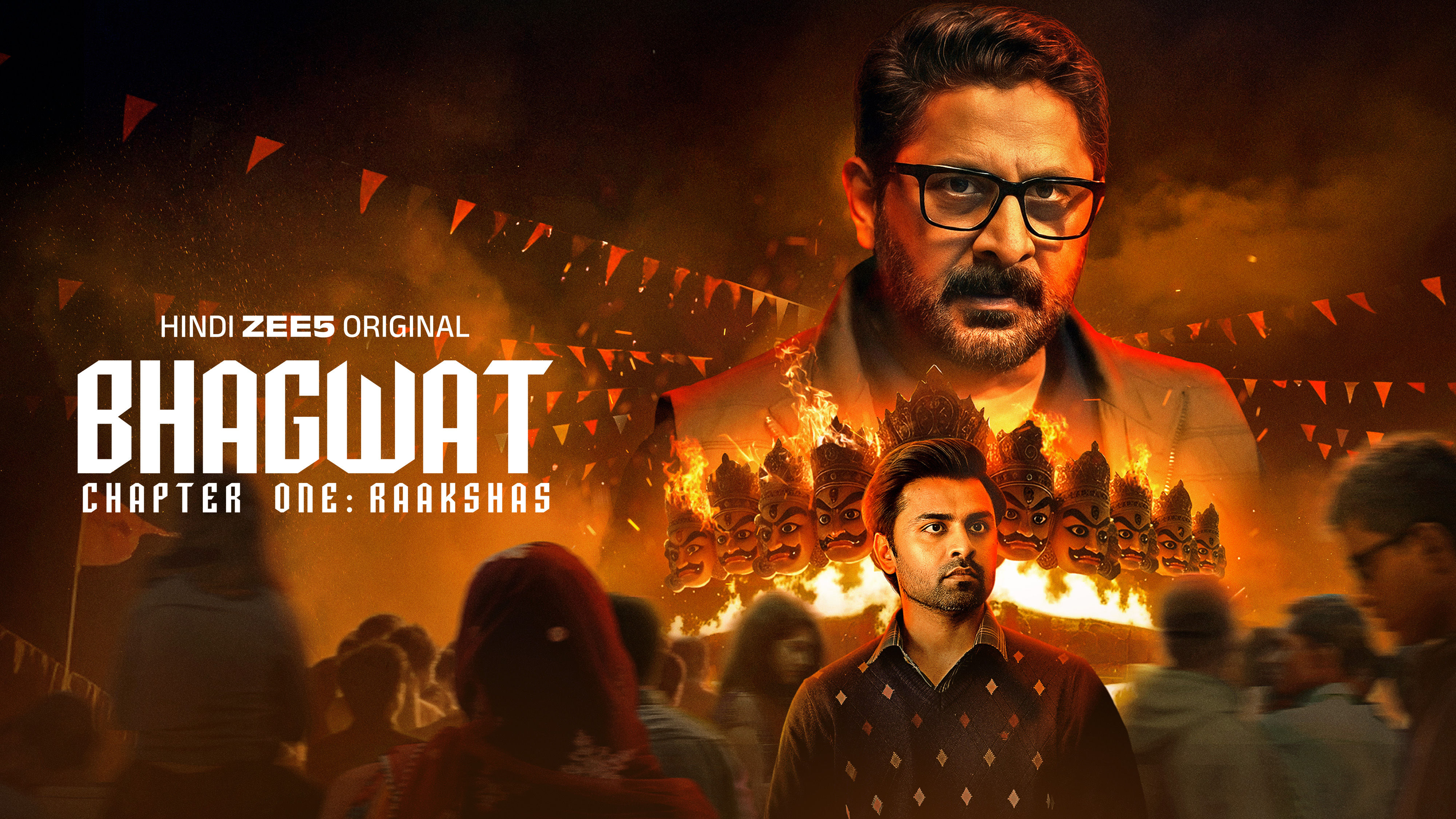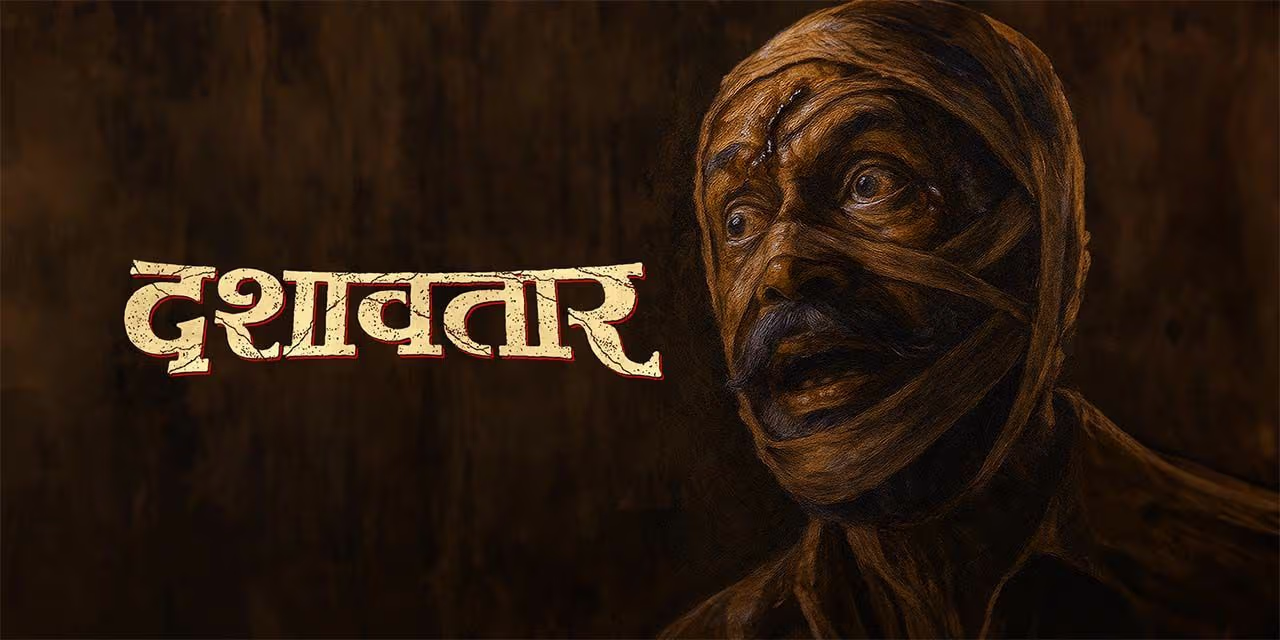The October original that rewards close watching
Every few years, a Hindi crime thriller arrives that doesn’t chase you with noise—it pulls you in with method. Bhagwat Chapter One: Raakshas is that title for 2025. The setup is clean: a missing-girls investigation that starts with one file and quietly expands until the pattern becomes impossible to ignore. Think taped doors, small rooms, late-night statements, and a cop who prefers timelines over theatrics. The rollout has been deliberately paced—teaser, then trailer, then premiere—and none of it screams. It listens. You end up leaning forward without realizing it.
Before you dive in, get your bearings. Start with the official Bhagwat Chapter One: Raakshas page; skim what’s new across movies; sample the tone via our thriller movies shelf. For context on the pivots you’re about to see, browse Arshad Warsi and Jitendra Kumar filmographies—five minutes there and the trailer hits differently.
What the trailer actually says—without saying too much
There’s restraint baked into every cut. We glimpse a board with clustered pins. A phone screen that flashes a little too fast. Interviews that end one beat before the subject feels safe. No operatic monologues about evil. No underlined clues. Instead, a mood: Inspector Vishwas Bhagwat (Arshad Warsi) walks through rooms with the patience of someone who knows procedure is a long game. Across from him, Sameer (Jitendra Kumar) barely moves. He doesn’t bark. He watches. And that quiet is unnerving because it feels real.
The “must-watch” case for 2025, in plain language
Three reasons, each simple.
One: Credibility. The film’s spine is procedural—movement by timestamps, not car chases. You recognize the steps: standardize witness accounts, map repeat locations, chase overlaps, accept dead ends.
Two: Psychology. The camera isn’t asking you to jump; it’s asking you to think. Dread replaces gore. When you finally exhale, it’s because a detail clicks into place.
Three: Casting that changes the room temperature. Warsi’s timing—famous for comedy—turns into pressure. Kumar’s warmth—famous for empathy—drops a few degrees and becomes control. Same actors, different physics.
The Arshad Warsi pivot—timing as a weapon
Warsi’s inspector isn’t the shouty archetype. He rarely raises his voice; he raises the stakes by waiting out silences. Watch the interrogation beats: he leaves half a second hanging and lets the other person overtalk. That’s not movie magic; that’s how real interviews unravel. He also treats the board like a living thing—pins move, dates shift columns, red string becomes a new line of inquiry. It’s satisfying because the film respects the grunt work. Nothing fancy. No magic leap. Just structure.
The Jitendra Kumar swerve—menace by subtraction
Kumar’s sharpest choice is what he doesn’t do: no theatrical smiles, no swagger. Stillness is his tactic. When he says the now-quoted line—“I’m not a monster, I’m a hawk”—it plays less like a threat and more like a mission statement. Hawks don’t pace; they wait. They study. When they move, they don’t miss. Once you clock that metaphor, the rest of the performance snaps into focus. It’s about economy—measured breathing, careful eye contact, a refusal to fill the room. The tension comes from precision, not volume.
Why the “Chapter One” matters—and how to watch smarter
Calling it Chapter One signals design. You’re not just solving one disappearance (Poonam’s); you’re learning a system—how this world processes evidence, how it fails, how it adjusts. If you want to get the most out of opening week, try this: rewatch the trailer once the night before, note three hypotheses (perp profile, time windows, geographic comfort zone), and test them during the film. If you’re right, the payoff feels earned. If you’re wrong, the film will show you why—which is even better.
Texture, not tricks: what seasoned thriller fans will notice
-
Information economy. Insert shots carry meaning. A quick calendar cut may be the scene.
-
Sense of place. Streets aren’t generic; they’re systems—entry points, blind corners, blind times.
-
Moral cost. The investigation reshapes people: sleeping patterns, tempers, lines they swore they’d never cross.
-
Rewatch value. Because the film plays fair, second passes are fun. You’ll spot a breadcrumb and wonder how you missed it.
Release cadence—and why it works
Teaser first, then trailer, then premiere. Simple. The gap between drops is just long enough for theory threads to form without exhausting the mystery. That insistence on calm is the brand here. You don’t need a week of leaks to “sell” this. Two clean looks at the world, and you either hear the hum or you don’t. If you do, you’ve already set a reminder.
Who should absolutely press play
Anyone who likes their crime stories plausible. Viewers who enjoy “spot the pattern” more than “count the gunshots.” Fans of acting that holds back until it can’t. And yes—those of us who live for that very specific feeling when the final connection lands and you realise the film never lied to you; you just weren’t listening closely enough.
Quick facts that matter (and only those)
-
Title: Bhagwat Chapter One: Raakshas
-
Leads: Arshad Warsi (Inspector Vishwas Bhagwat), Jitendra Kumar (Sameer)
-
Genres: Crime, Psychological Thriller, Action
-
Language: Hindi
-
Cadence: Teaser (Sept 29) → Trailer (Oct 2) → Streaming (Oct 17, 2025)
-
Promise: Pattern over pyrotechnics. Mind games over foot chases.
FAQs (tight, helpful, no spoilers)
What date brings the OTT release for Bhagwat Chapter One: Raakshas?
October 17, 2025, on ZEE5.
Is it more crime procedural or action thriller?
Primarily a crime/psychological thriller with action used sparingly to serve the investigation.
Who leads the main cast?
Arshad Warsi plays Inspector Vishwas Bhagwat, and Jitendra Kumar plays Sameer.
Does the trailer show the culprit or motive?
No. It keeps the method and motive hidden, stresses pattern recognition.
Is this part of a larger arc?
The “Chapter One” framing suggests an ongoing world with rules and relationships that can evolve.
Do I need any prior context?
None. The case is self-contained while laying groundwork for what can come next.
Bio of Author: Gayatri Tiwari is an experienced digital strategist and entertainment writer, bringing 20+ years of content expertise to one of India’s largest OTT platforms. She blends industry insight with a passion for cinema to deliver engaging, trustworthy perspectives on movies, TV shows and web series.




